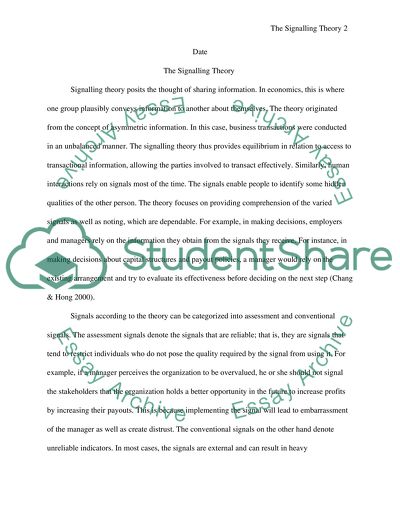Cite this document
(“The Signalling theory Essay Example | Topics and Well Written Essays - 1750 words”, n.d.)
Retrieved from https://studentshare.org/finance-accounting/1469154-the-signalling-theory
Retrieved from https://studentshare.org/finance-accounting/1469154-the-signalling-theory
(The Signalling Theory Essay Example | Topics and Well Written Essays - 1750 Words)
https://studentshare.org/finance-accounting/1469154-the-signalling-theory.
https://studentshare.org/finance-accounting/1469154-the-signalling-theory.
“The Signalling Theory Essay Example | Topics and Well Written Essays - 1750 Words”, n.d. https://studentshare.org/finance-accounting/1469154-the-signalling-theory.


